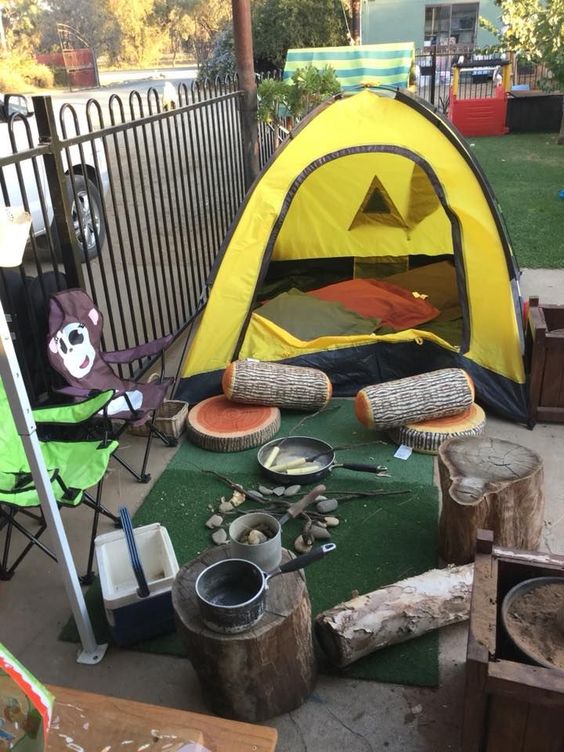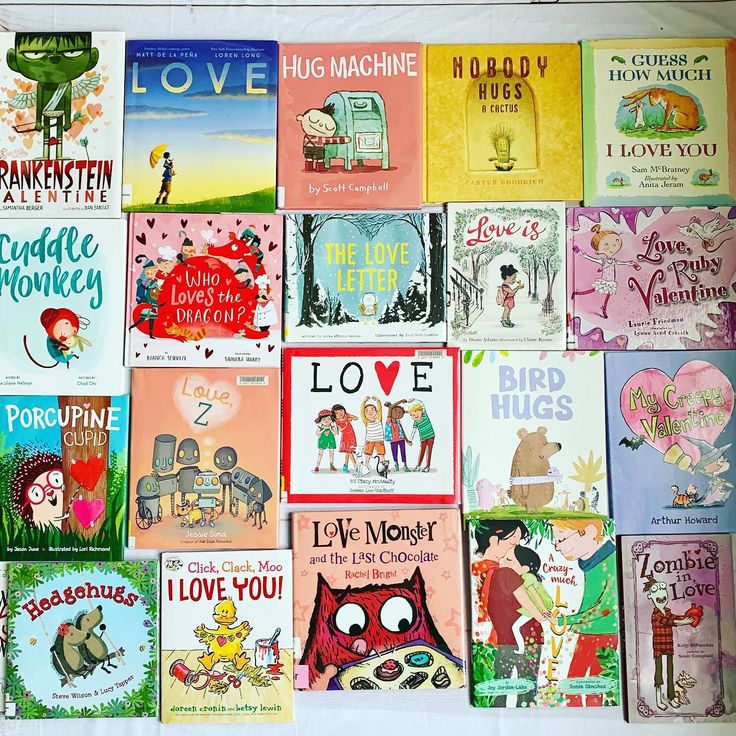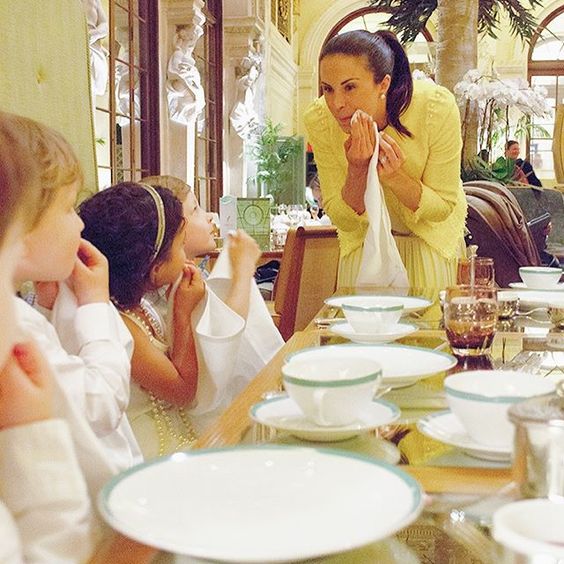Introduction
Being an early years practitioner comes with the responsibility of shaping young minds during their most formative years. Creativity plays a pivotal role in fostering an environment that nurtures and enhances a child’s educational experience. As a creative early years practitioner, you have the power to spark imagination, foster innovation, and facilitate the growth of your learners.
1. Incorporate Art and Music in Education
Art and music serve as powerful tools for stimulating creativity in young children. Encourage self-expression through various art mediums such as painting, drawing, and sculpting. Allow them to explore different music styles, learn to dance or play a musical instrument, and expose them to different musical genres.
2. Provide Open-Ended Play Opportunities
Open-ended play encourages children to use their imagination to create games and stories with no prescribed rules or guidelines. Offer materials like building blocks, play dough, dress-up costumes, or even empty cardboard boxes for endless possibilities that foster curiosity and original thinking.
3. Encourage Critical Thinking and Problem-Solving Skills
Create opportunities for children to develop problem-solving skills in everyday situations. Encourage critical thinking by asking open-ended questions like “What do you think will happen next?” or “How can we solve this problem differently?”
4. Model Creative Thinking and Innovation
Children often learn best when they observe the adults around them. Model creativity by experimenting with new teaching methods or showcasing unique talents like poetry writing or painting during class time.
5. Create a Stimulating Classroom Environment
Design your classroom with creativity in mind. Bright colors, engaging visual displays, and various learning stations will encourage children to explore their surroundings further.
6. Nurture Curiosity through Inquiry-Based Learning
Inquiry-based learning promotes a child’s natural curiosity while helping them build essential skills like observation, questioning, and experimentation. Engage your learners by presenting open-ended questions and real-world scenarios that align with their interests and passions.
7. Embrace Diverse Learning Styles
Each child is unique and comes with individual learning preferences. Recognize diverse learning styles by offering a range of instructional methods such as storybooks, visual aids, hands-on activities, and more.
8. Promote Collaboration
Working together fosters creativity, teamwork, and social skills development. Encourage collaboration by assigning group projects or simply creating spaces where children can interact freely during playtime.
9. Facilitate Outdoor Exploration
Nature provides limitless opportunities for creative exploration and discovery. Regular trips to parks, beaches, or forests expose children to different creatures, landscapes, and environments that spark creativity and a love for the natural world.
10. Celebrate Each Child’s Unique Ideas and Imagination
Lastly, always celebrate and validate each child’s unique ideas and imaginative responses. This positive reinforcement will help build their self-confidence and encourage them to continue thinking outside the box.
Conclusion
As an early years practitioner, your role in fostering creativity is invaluable in shaping a resilient, curious, and innovative generation. By incorporating these strategies into your teaching approach, you can inspire young minds to explore their creative potential confidently and fearlessly.










